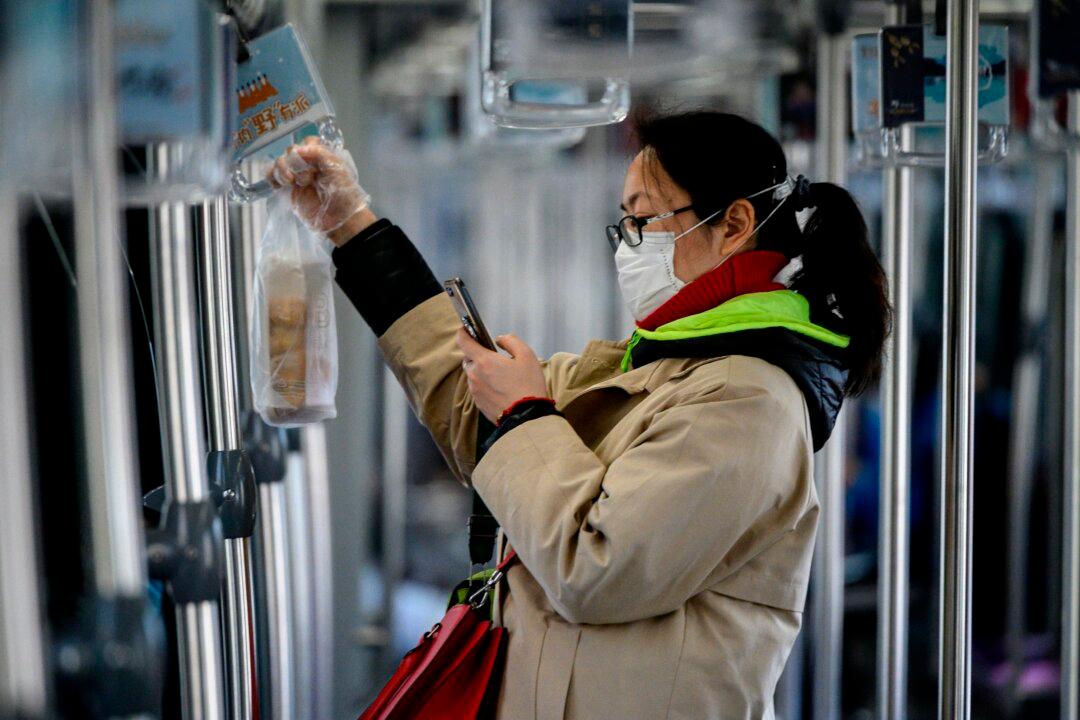The Chinese regime’s top health authority has confirmed that the novel coronavirus can be spread through the air under limited circumstances, adding a new route of transmission for the disease.
The coronavirus can be passed via aerosol transmission—that is, exposure to tiny droplets in the air containing the virus—if a person is exposed, over a long period of time, to high concentrations of aerosols carrying the virus in a relatively closed environment, according to updated guidelines published by China’s National Health Commission (NHC) on Feb. 19.





